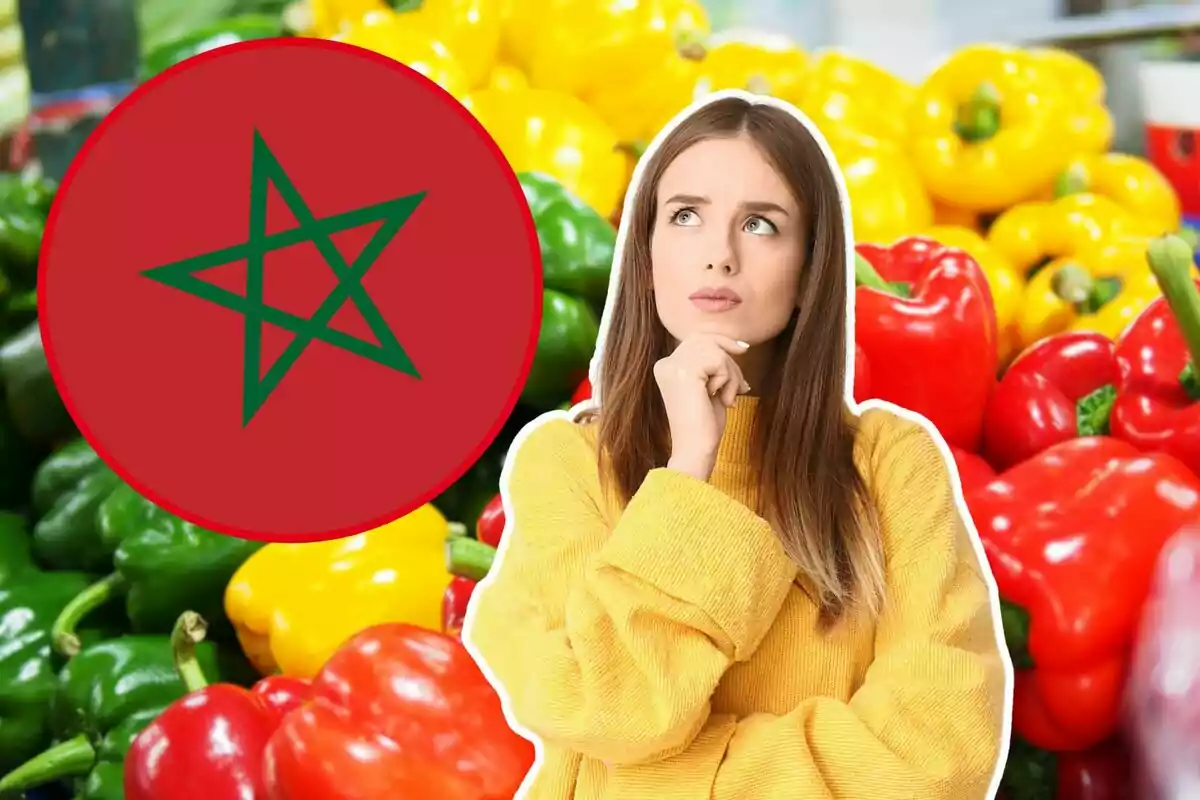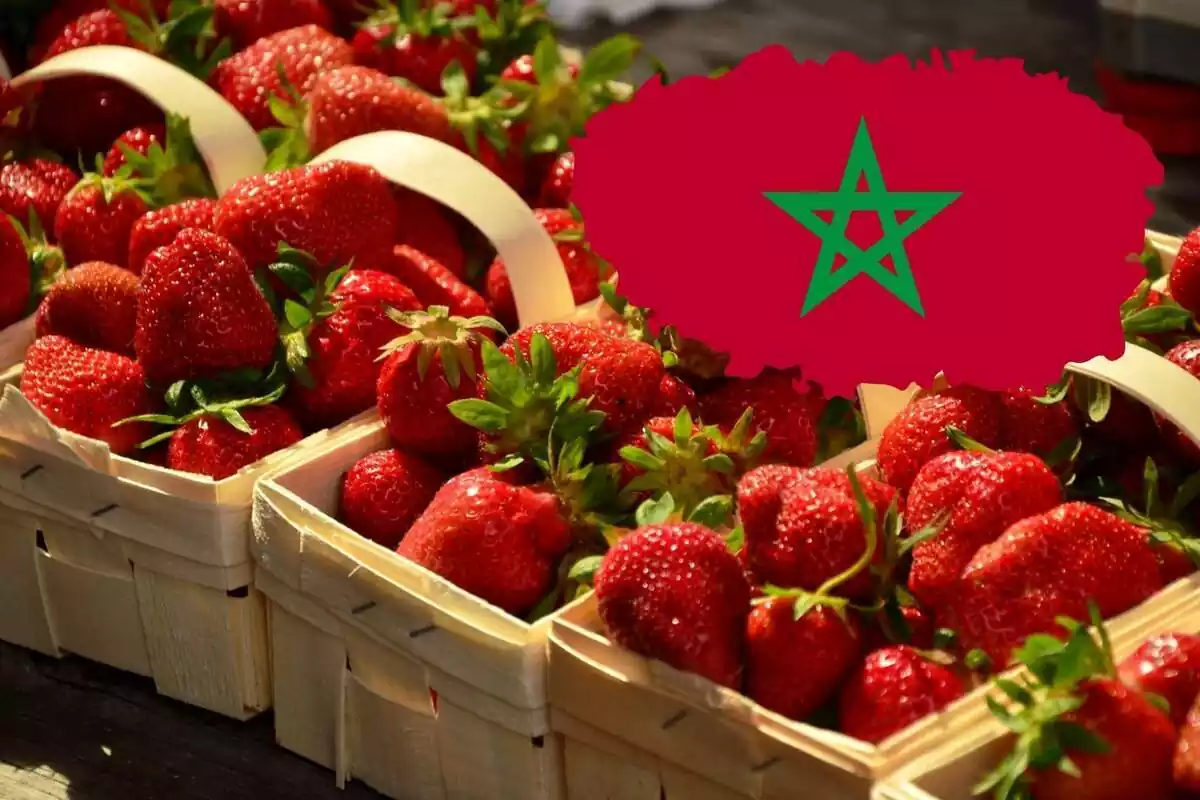
The Simple Trick to Know if the Peppers You Buy Come from Morocco: Quick
When shopping, there are tricks to know the real origin of the fruits and vegetables we choose.
Choosing peppers at the supermarket seems like a simple task but it isn't. Consumers are increasingly aware of the importance of consuming local products but it isn't always easy to achieve. On many occasions, the labels on the packaging can be somewhat confusing.
But consuming local products isn't only about preference. The origin of the vegetables can influence the quality and safety of the product. It's no secret that there have been cases of imported products being withdrawn for not complying with all safety measures.
The Barcode: The Key to Knowing Where Peppers Come From
A practical way to know if the peppers come from countries like Morocco is to check the barcode. This number, called the European Article Numbering Code (EAN), indicates the country of origin. Just look at the first two digits of the code.

In Spain, local products start with the number 84. However, if the code starts with 661, the food comes from Morocco. This detail is key to quickly identifying the origin of peppers in the supermarket.
This method not only works for peppers but also for other fruits and vegetables. It can even be applied to products like meats or fish. It's an easy and quick way to know the origin of various foods.
Additionally, this system is reliable because barcodes are assigned according to the country of the manufacturer or distributor. Thus, you can be sure that the number reflects the true origin. By using this trick, you'll have more control over what you bring home.
Why Is It Relevant to Know the Origin of Our Food?
Concern about the origin of peppers has increased following some health alerts. Months ago, the European Union's Rapid Alert System for Food and Feed (RASFF) detected anomalies in vegetables imported from Morocco.

Anomalies related to the pesticides used in the neighboring country. Specifically, the presence of chlorpyrifos and fenazaquin was detected, substances banned in the European Union.
Chlorpyrifos can affect the nervous system while fenazaquin can cause respiratory problems. These chemicals are used to control pests but in Europe, they are banned due to their health risks. This alert caused concern among European consumers.
It's not the first time something similar has happened with products from Morocco. In recent months, other foods have also been questioned, such as strawberries. This has led many people to pay more attention to the origin of their purchases.
More posts: